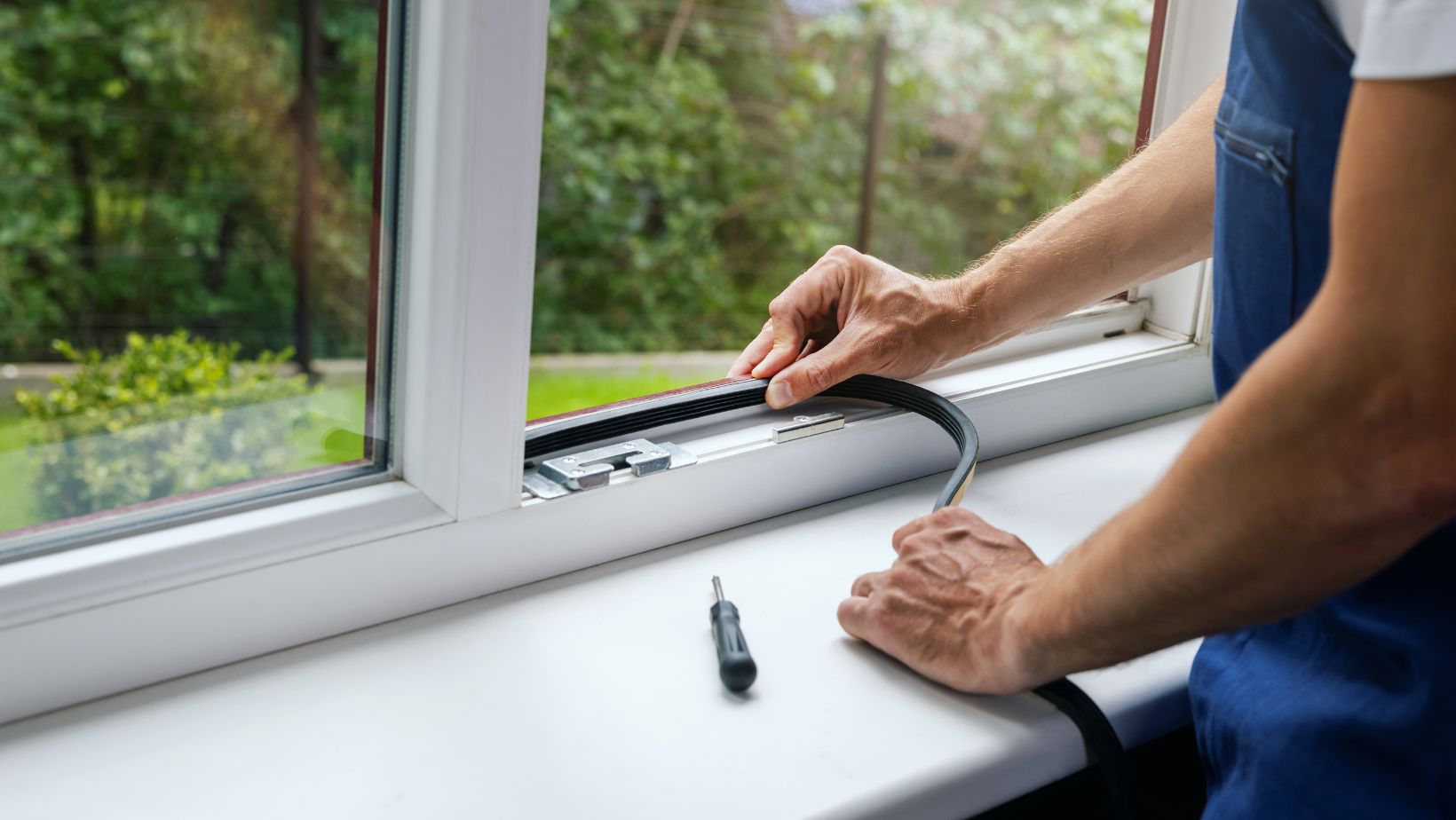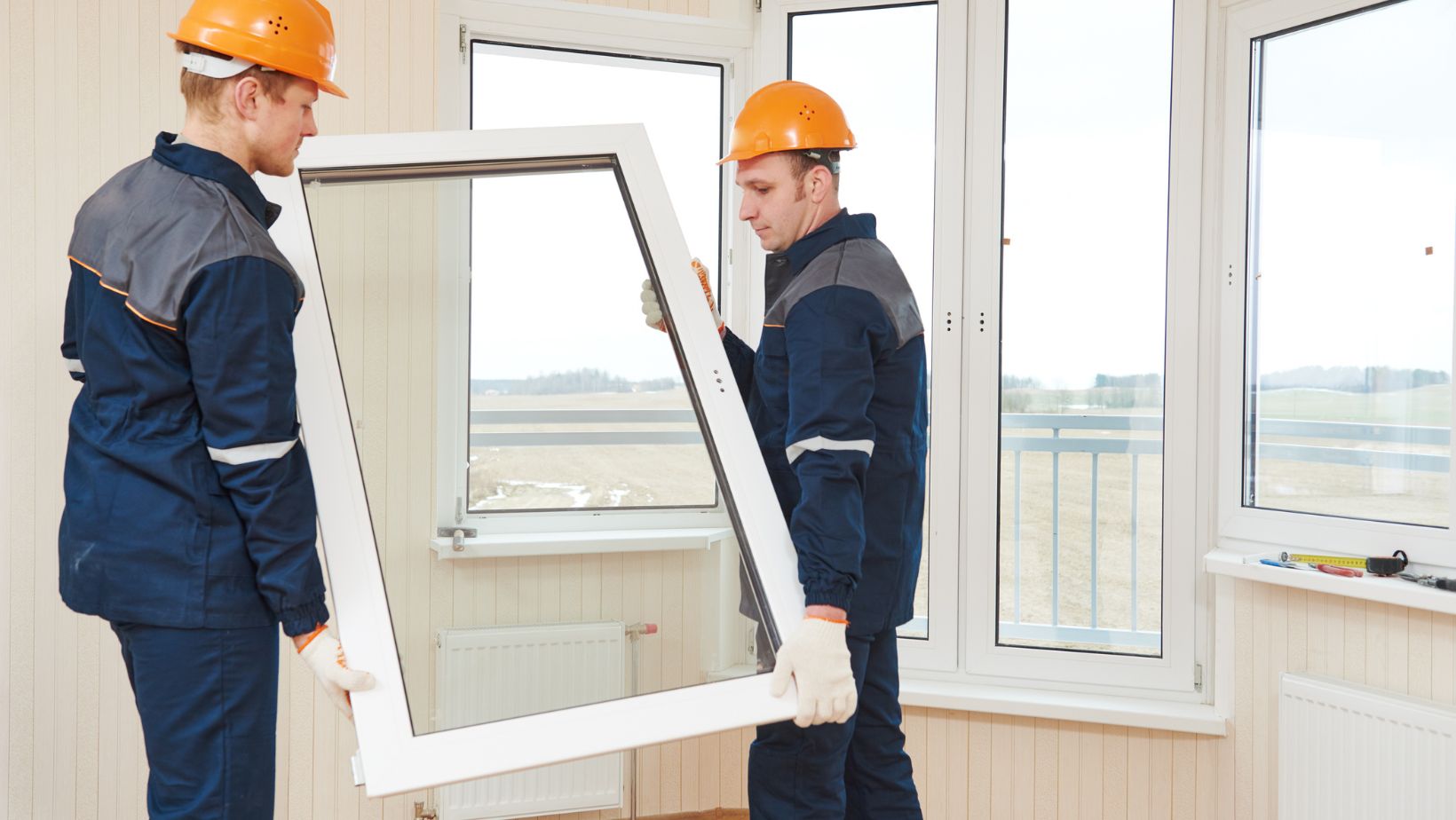
Windows has a fair share when it comes to maximizing home energy efficiency. Windows are highly-valued features in American living spaces – allowing natural light into interior rooms while opening views to the outdoors. Upgrading home windows presents one of the significant opportunities to optimize energy performance.
According to the United States energy authorities, a considerable part of heating and cooling energy losses are through conduction, air leakage, and solar heat gain through the windows. So, if you’re still using old-school windows at home, it’s now time to upgrade to an energy-efficient one in order to reap the benefits in the long run.
If you’re still undecided whether a window upgrade is worth it, keep reading as the points below will present you with the role of window installation in improving your home’s energy efficiency.
Insulation
Washington state-based expert window installation in Seattle ensures that all sides of the windows have tight seals to reduce heat transfer and prevent air leakage. It may use low-E (low emissivity) glass and double glazing to enhance the window’s insulation properties further.
Having airtight window seals reduces your reliance on heating and cooling systems at home as well. Materials like vinyl, fiberglass, and wood add insulating properties and enhance the window’s overall thermal performance.
Lower Utility Costs
Upgraded windows allow more natural light to enter, reducing artificial lighting costs. They optimize solar heat gain in winter to passively warm homes and block ultraviolet (UV) rays that cause fading, cutting heating, ventilation, and air conditioning (HVAC) and cooling demands.
Improved frames, glazing, and seals also limit condensation issues, outside noise, and air leaks that could otherwise raise utility bills. Innovative window technologies further help manage sunlight, ventilation, and temperature automatically. With these benefits, new energy-efficient windows offer many ways to cut year-round electricity, heating, and cooling costs.
Preventing Water Infiltration In Your Home
Faulty window installation allows moisture intrusion, leading to expensive structural issues and health hazards from mold. Professional window installers use flashing, caulking, sealants, and weatherstripping to create a shield against water, insects, dust, and so on.

Weep holes and sloped sills promote proper drainage to the exterior. Durable anchoring provides stability against winds that could dislodge poorly mounted windows. Investing in quality waterproofing during window installation saves thousands in future repairs and prevents toxic mold infestations.
New Window Installation Significantly Boosts Your Home’s Curb Appeal
You can uplift your home’s aesthetic appeal by choosing the window style that matches your architectural design and properly installing it. Poorly installed windows are prone to cracking, sagging, or warping over time. This decreases your windows’ energy efficiency and negatively impacts the intended aesthetic.
Apart from choosing the applicable window type that fits your home, partner it up with window accessories like curtains, window shutters, curtain panels, and valances to elevate its looks.
How To Ensure Proper Window Installation For Maximum Energy Efficiency
To achieve an energy-efficient home through proper window installation, follow these tips so as not to waste resources:
- Hire a professional installer. When researching companies for window installation in Seattle, seek the expertise of a licensed and certified window installer, as they know how to install windows that comply precisely with industry standards.
- Choose energy-efficient windows. When selecting new windows, choose options with proven energy efficiency. Be wary of advertisements with clever marketing claims just to get sales. Opt for models with energy-friendly ratings and features like low-emissivity coatings, inert gas fills, double or triple glazing, insulated frames, and high thermal performance ratings.
- Assess the window placement. The window’s orientation also plays a significant role in energy efficiency. Situate your window in an area where it only receives the softest daylight throughout the day. This will lessen the need for artificial lighting and heating.
- Check for level and plumb installation. Precise level and plumb window installation alignment is critical for proper functioning and durability. If windows are tilted or sagging, it can lead to operational binding, air leakage, water infiltration, and structural damage over time.
- Carry out regular window inspections and maintenance. Like other fixtures at home, windows can be damaged over time, especially since they’re exposed to heat, wind, rain, and other harsh elements. Regularly inspect windows for possible deterioration to maintain their integrity. Schedule periodic professional inspections so that a window expert can thoroughly assess whether your window is still in good condition.
Final Thoughts
Upgrading home windows provides immediate and long-term returns on investment. It may require significant upfront costs, but you’ll save more over time. The careful selection of energy-friendly windows plays a vital role in creating a home that’s aesthetically pleasing and environmentally responsible.

Overall, the role of window installation in your home is that it provides insulation, helps lower utility bills, provides water infiltration prevention, positively contributes to your home’s curb appeal, and the like.





